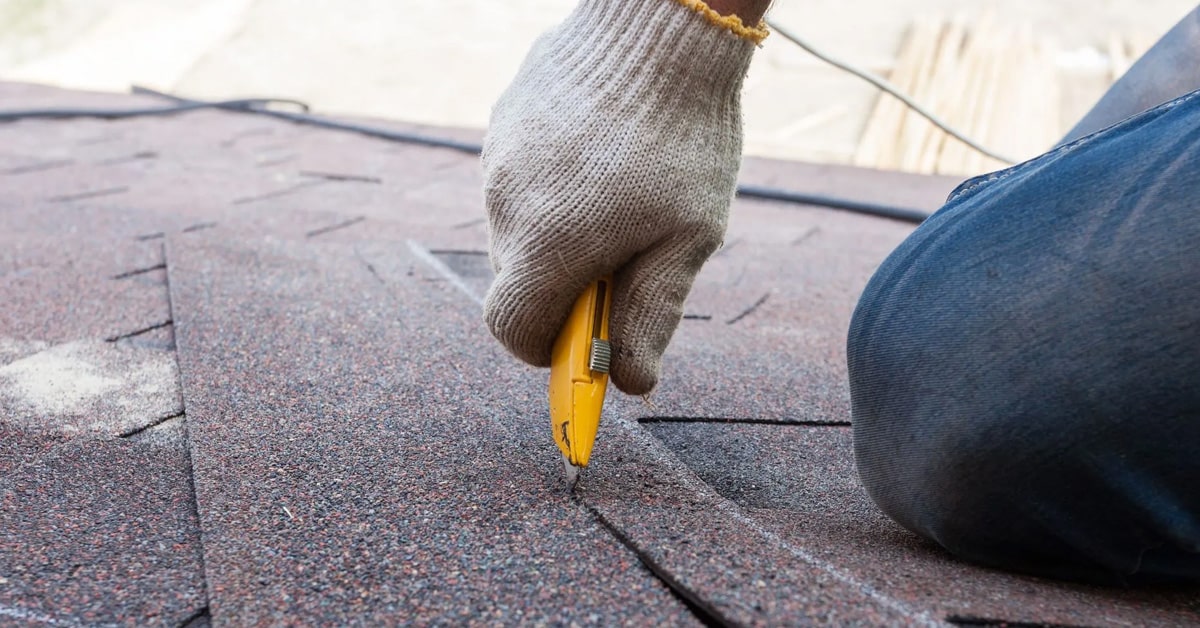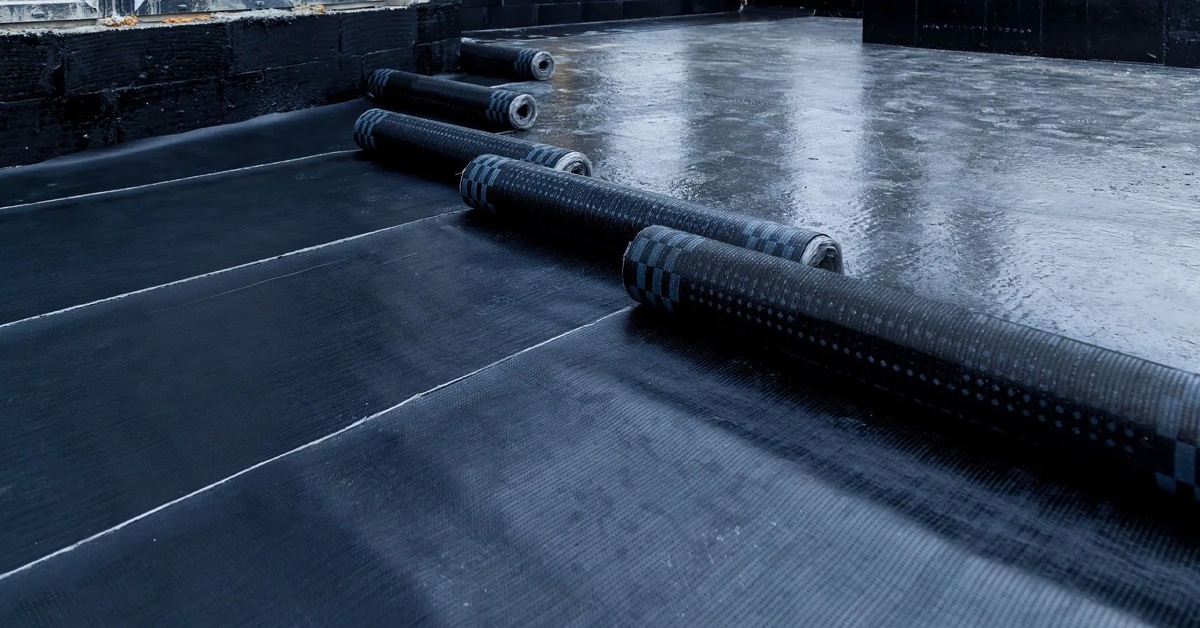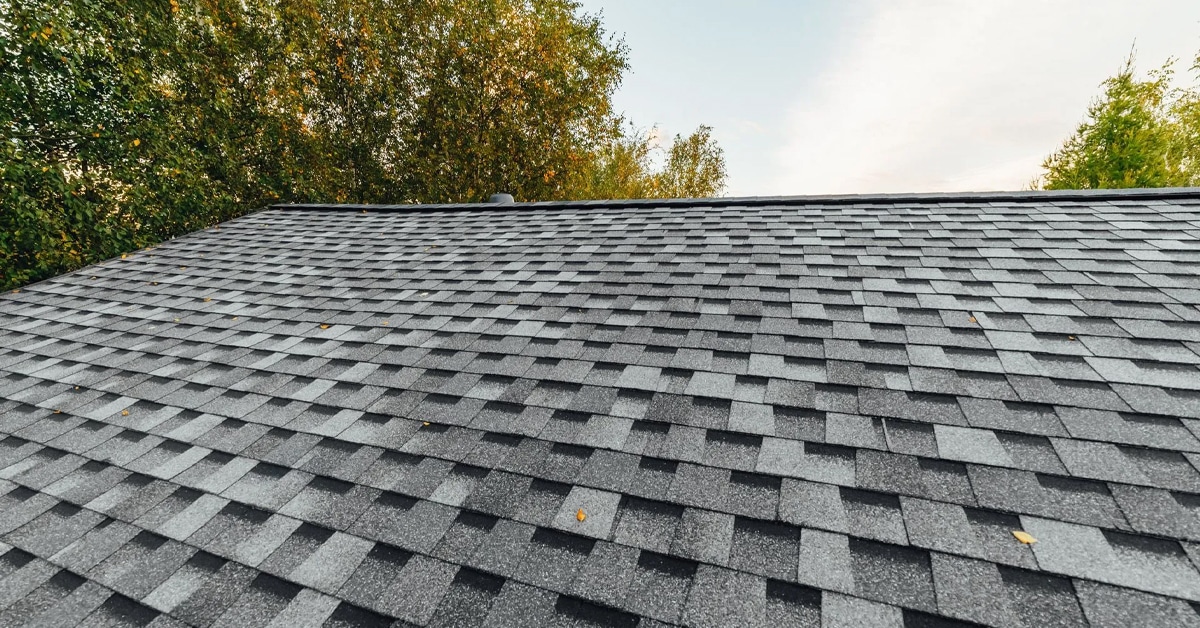When it comes to protecting your home, few things are as crucial as the roof…

Architectural Roofing Shingles vs. Standard Shingles: Understanding the Difference
Choosing the right type of roofing shingles is a crucial decision when it comes to protecting and enhancing your home. Among the various options available, two popular choices are architectural roofing shingles and standard shingles. In this blog, we will explore the key differences between these two types of shingles to help you make an informed decision for your roofing project.
Definition and Construction
- Standard Shingles: Standard shingles, also known as 3-tab shingles, are the traditional and most commonly used roofing material. They are composed of a single layer of asphalt with a flat, uniform appearance. Standard shingles are lightweight and cost-effective, making them a popular choice for budget-conscious homeowners.
- Architectural Roofing Shingles: Architectural shingles, also referred to as dimensional or laminate shingles, are a more advanced and aesthetically appealing option. They are constructed with multiple layers of asphalt and feature a three-dimensional appearance. Architectural shingles simulate the look of natural materials, such as wood or slate, providing a visually striking roof.
Visual Appeal
- Standard Shingles: Standard shingles offer a clean and uniform look, with a simple and understated design. They are available in a limited range of colors and styles, which may not provide as much versatility in achieving a unique aesthetic for your home.
- Architectural Roofing Shingles: Architectural shingles are renowned for their enhanced visual appeal. The layering and texture of these shingles create depth and dimension, giving your roof a more sophisticated and eye-catching appearance. They are available in a wide variety of colors, patterns, and styles, allowing for greater customization and the ability to match or complement your home’s architecture.
Durability and Lifespan
- Standard Shingles: Standard shingles are durable and can withstand moderate weather conditions. However, they have a shorter lifespan compared to architectural shingles. On average, standard shingles can last anywhere between 15 to 20 years, depending on the quality of the material and local weather conditions.
- Architectural Roofing Shingles: Architectural shingles are designed to be more durable and long-lasting. Their multi-layered construction provides added strength and resistance to impact, wind, and harsh weather elements. Architectural shingles typically have a lifespan of 30 to 50 years, making them a more durable investment for homeowners seeking longevity and peace of mind.
Value and Cost
- Standard Shingles: Standard shingles are generally more affordable than architectural shingles, making them an attractive option for homeowners on a tight budget. They provide a cost-effective solution without compromising on basic roofing requirements.
- Architectural Roofing Shingles: Architectural shingles are priced higher than standard shingles due to their enhanced features and visual appeal. While the upfront cost may be higher, they offer better value in the long run, considering their extended lifespan and ability to enhance your home’s curb appeal and resale value.
Conclusion
When choosing between architectural roofing shingles and standard shingles, consider factors such as visual appeal, durability, lifespan, and budget. Standard shingles are a practical choice for those seeking a straightforward roofing solution, while architectural shingles provide a more sophisticated look and enhanced durability. Consulting with roofing professionals, such as Century Roofing Company, can help you assess your specific needs and make an informed decision that aligns with your home’s style, budget, and long-term goals.

